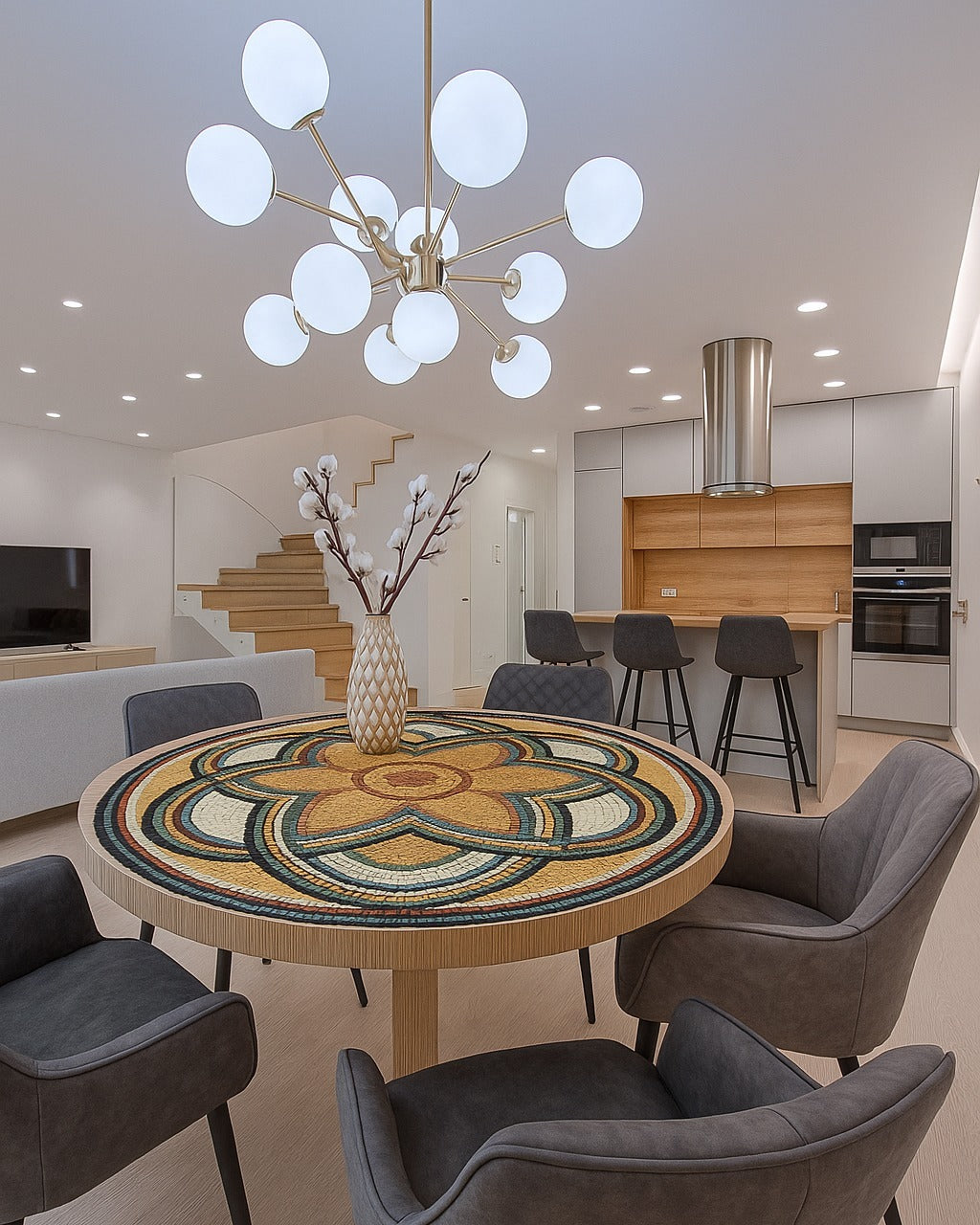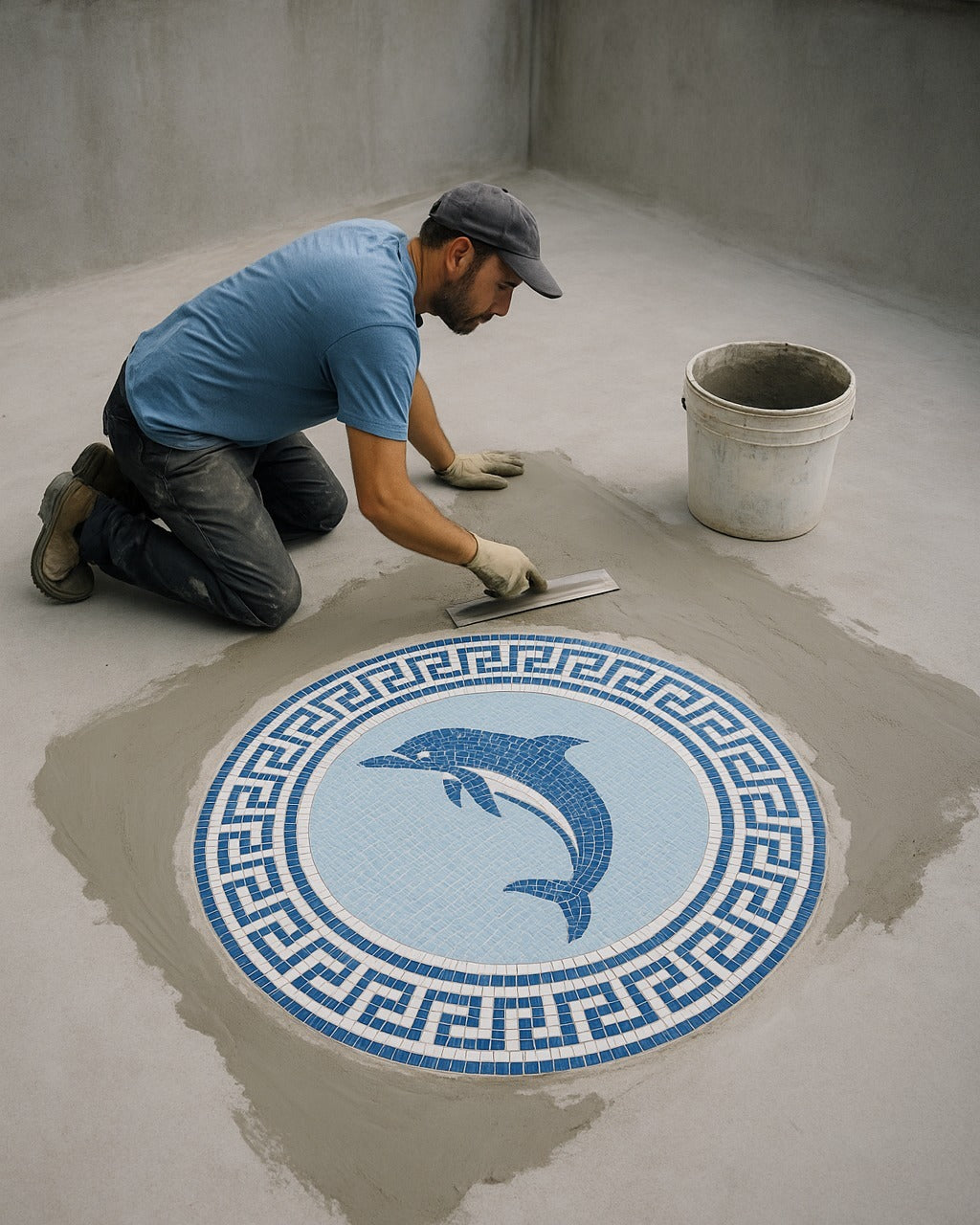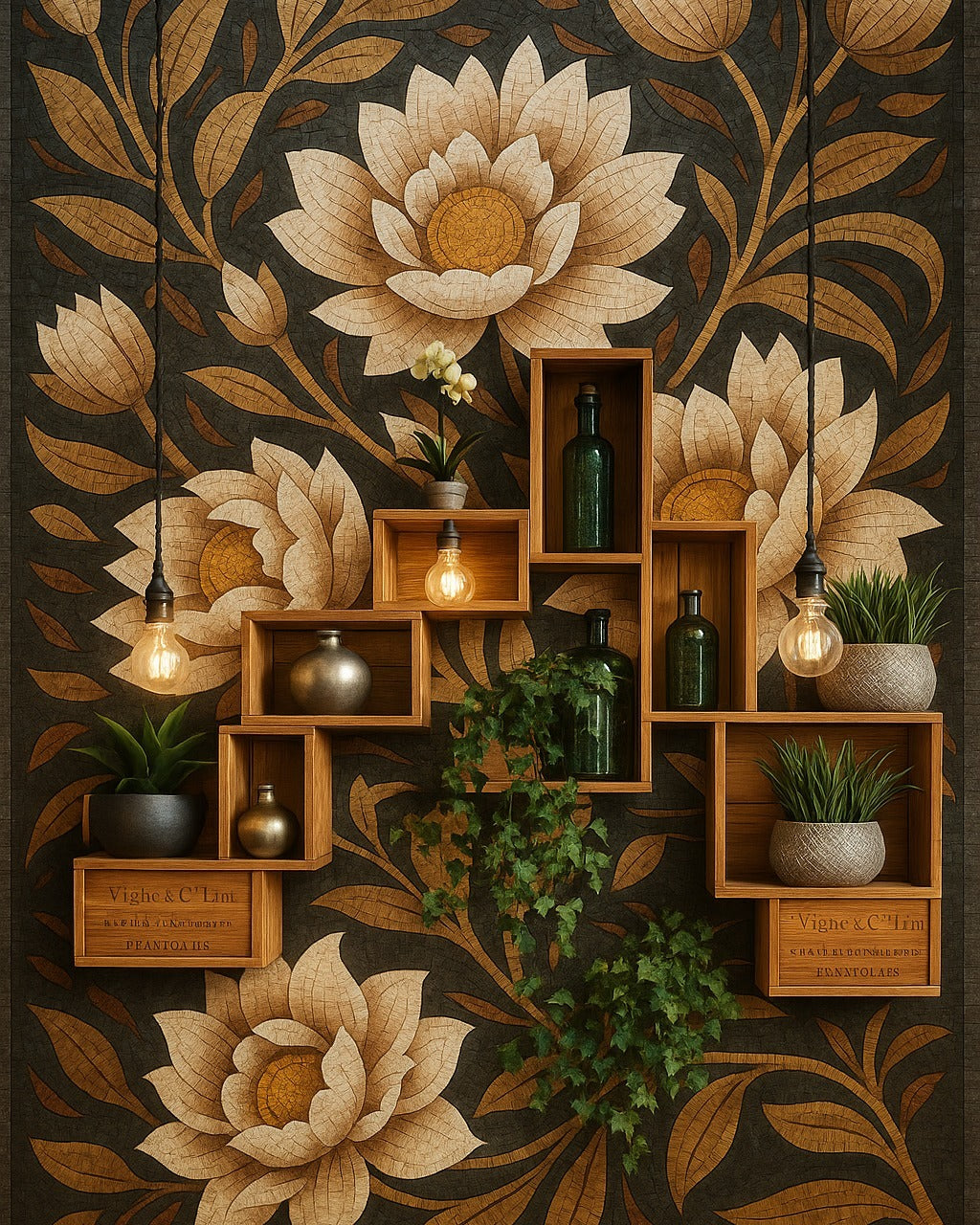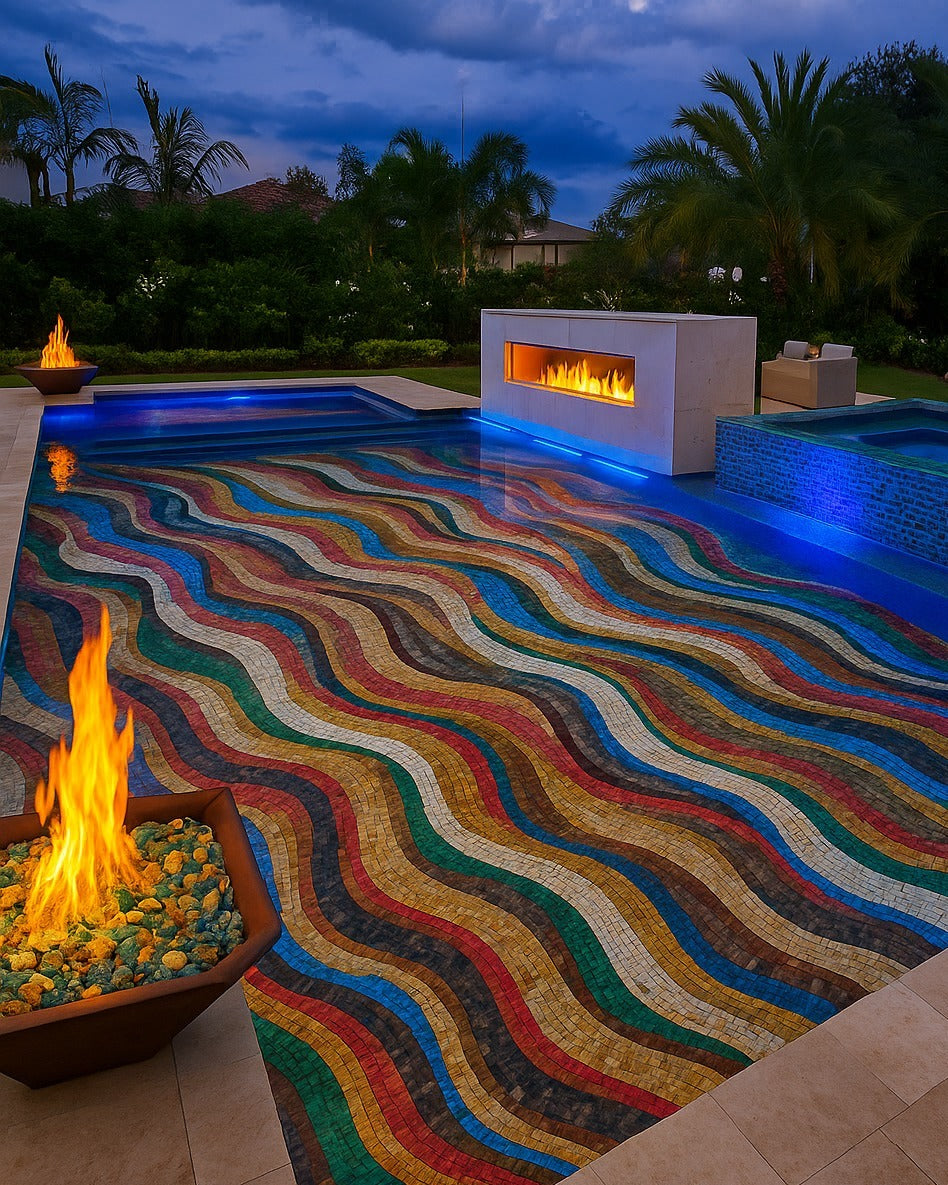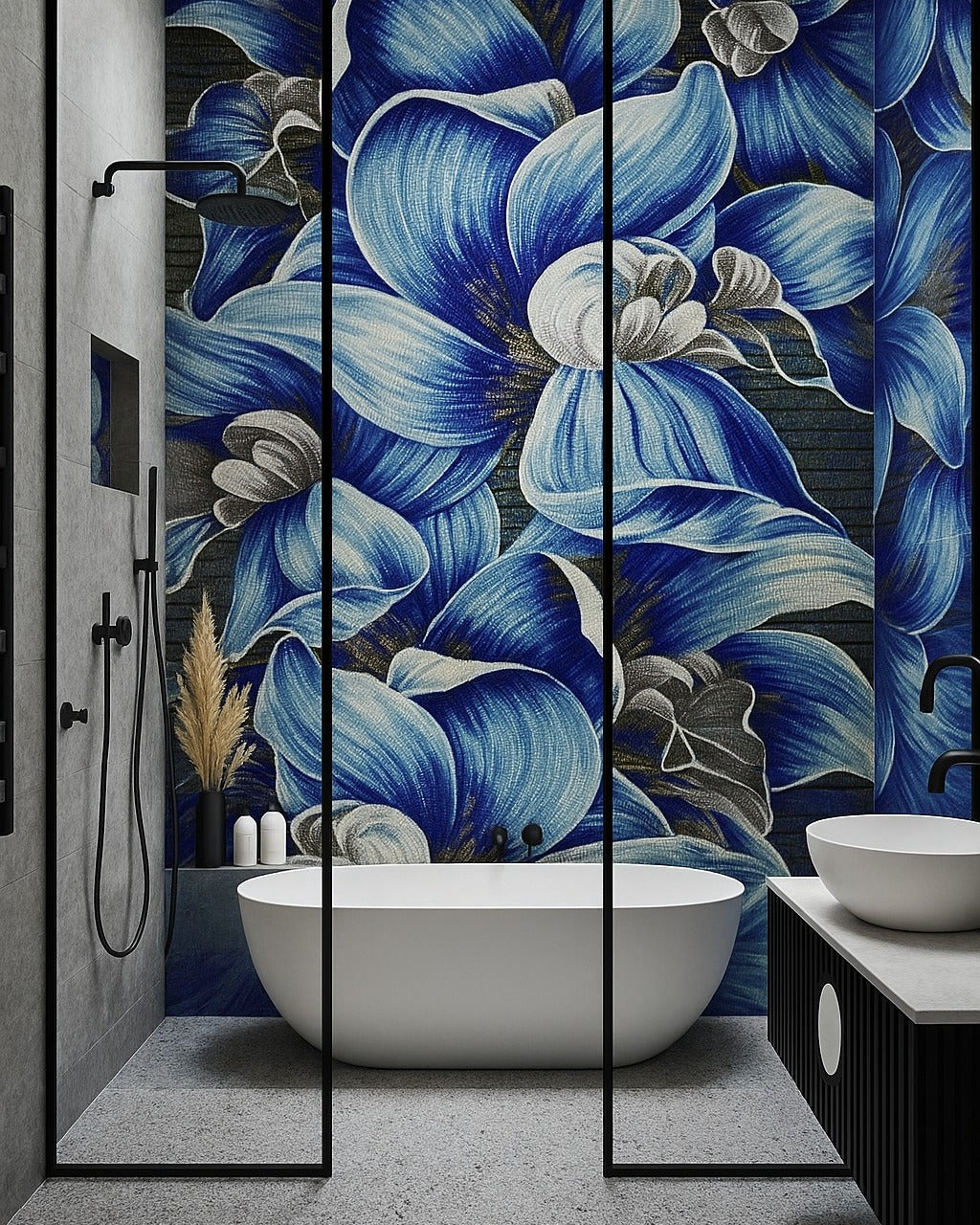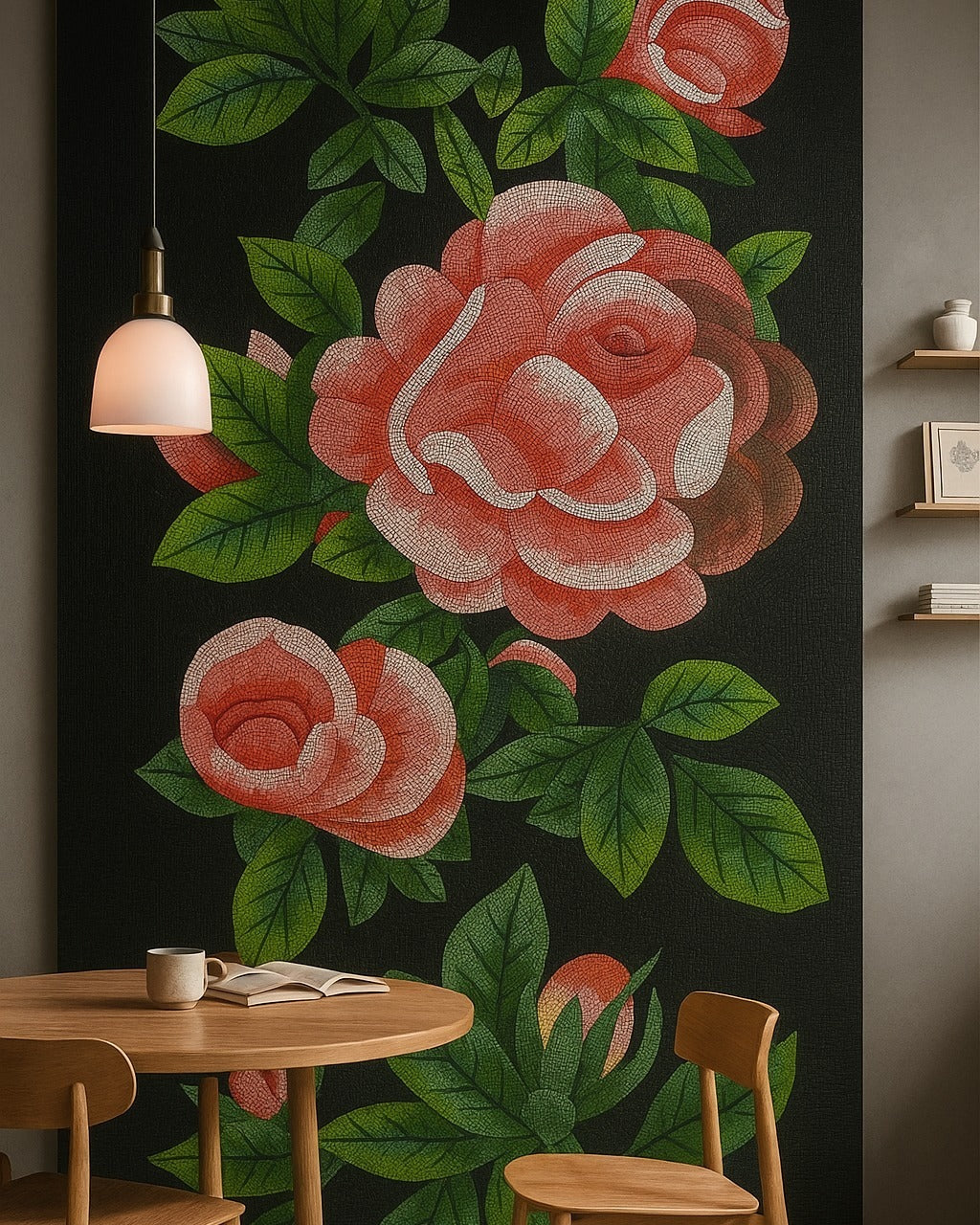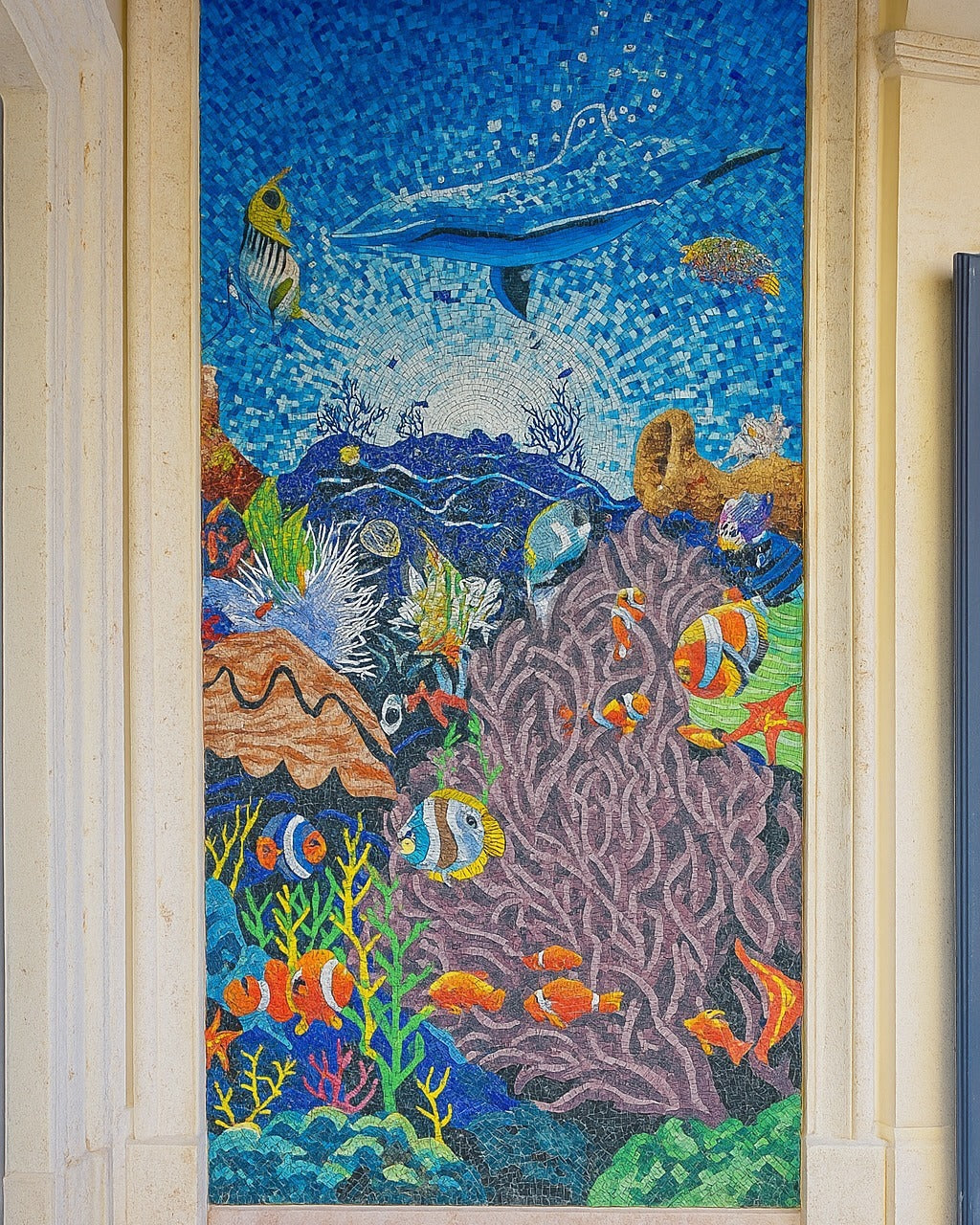The term tesserae (tessera, the Latin word for 'a small cube') refers...
The term tesserae (tessera, the Latin word for 'a small cube') refers to the individual pieces used to create a mosaic. The choice of tesserae is perhaps the single most important decision you make, as it dictates the project's texture, reflectivity, durability, and overall aesthetic.
Here is a guide to the most popular tesserae materials and their ideal applications.
1. Glass Tesserae
Glass is the most common modern mosaic material due to its brilliant colors, affordability, and workability.

| Feature | Details | Ideal Use |
| Look | Vibrant, reflective, often translucent or opaque. | Indoor wall art, jewelry, small decorative items, light-catching projects. |
| Durability | Excellent for indoors. Can break if subjected to high impact. | Interior art. |
| Workability | Easily cut with wheeled glass cutters or nippers. | Highly versatile; great for detailed work. |
| Pro Tip | Translucent glass looks best when mounted on a white surface, which allows light to reflect back through the color. |
2. Smalti (Byzantine Glass)
Smalti is a specialized, traditionally made Italian glass. It is the material of the magnificent Byzantine mosaics.
| Feature | Details | Ideal Use |
| Look | Opaque, deeply saturated color. Often has a slightly rough, uneven surface texture. | Fine art mosaics, commissions, traditional and religious art. |
| Durability | Very durable and colorfast. | Interior or exterior art; known for lasting centuries. |
| Workability | Traditionally cut with a hammer and hardie (a blade set into a wooden block). | Best for creating expressive texture and rich color depth. |
| Pro Tip | Smalti is typically set at slightly different angles to catch the light unevenly, creating a shimmering, almost wet effect. |
3. Ceramic Tile
Ceramic is the most accessible material, often purchased as small, ready-made craft tiles or created from broken household ceramics.
| Feature | Details | Ideal Use |
| Look | Opaque, flat finish. Ranges from perfectly uniform squares to irregular, broken (trencadís) pieces. | Functional items like tabletops, kitchen backsplashes, stepping stones. |
| Durability | Extremely durable and weather-resistant. | Both interior and exterior applications. |
| Workability | Cuts well with ceramic nippers but can shatter if pieces are too small. | Excellent for filling large areas quickly and economically. |
| Pro Tip | Use broken plates or mugs (the trencadís technique) for a charming, rustic, or repurposed look. Ensure the edges are not too sharp post-cutting. |
4. Natural Stone & Pebbles
Stone offers a classic, earthy texture, favored in ancient Roman floor mosaics.

| Feature | Details | Ideal Use |
| Look | Matte, rugged, natural tones (marble, slate, travertine, river stones). | Floor installations, fountains, architectural features, garden mosaics. |
| Durability | Unmatched. Stone is the most resilient material. | High-traffic areas and harsh outdoor environments. |
| Workability | Hard stones (like marble) require specialized tools (a hammer and hardie or a wet saw). Pebbles require no cutting. | Best for texture-focused pieces and areas needing maximum longevity. |
| Pro Tip | Wet natural stone before grouting to reveal its true color—this ensures the grout color selection complements the material when the mosaic is finished. |
Making the Right Choice
When starting a project, ask yourself these three questions:
-
Where will the mosaic live? (Indoor/Outdoor/Wet Area)
-
Does it need to be functional? (Floor/Tabletop vs. Wall Art)
-
What level of detail do I need? (Small, uniform tesserae for fine detail; larger, irregular pieces for abstract designs).






















